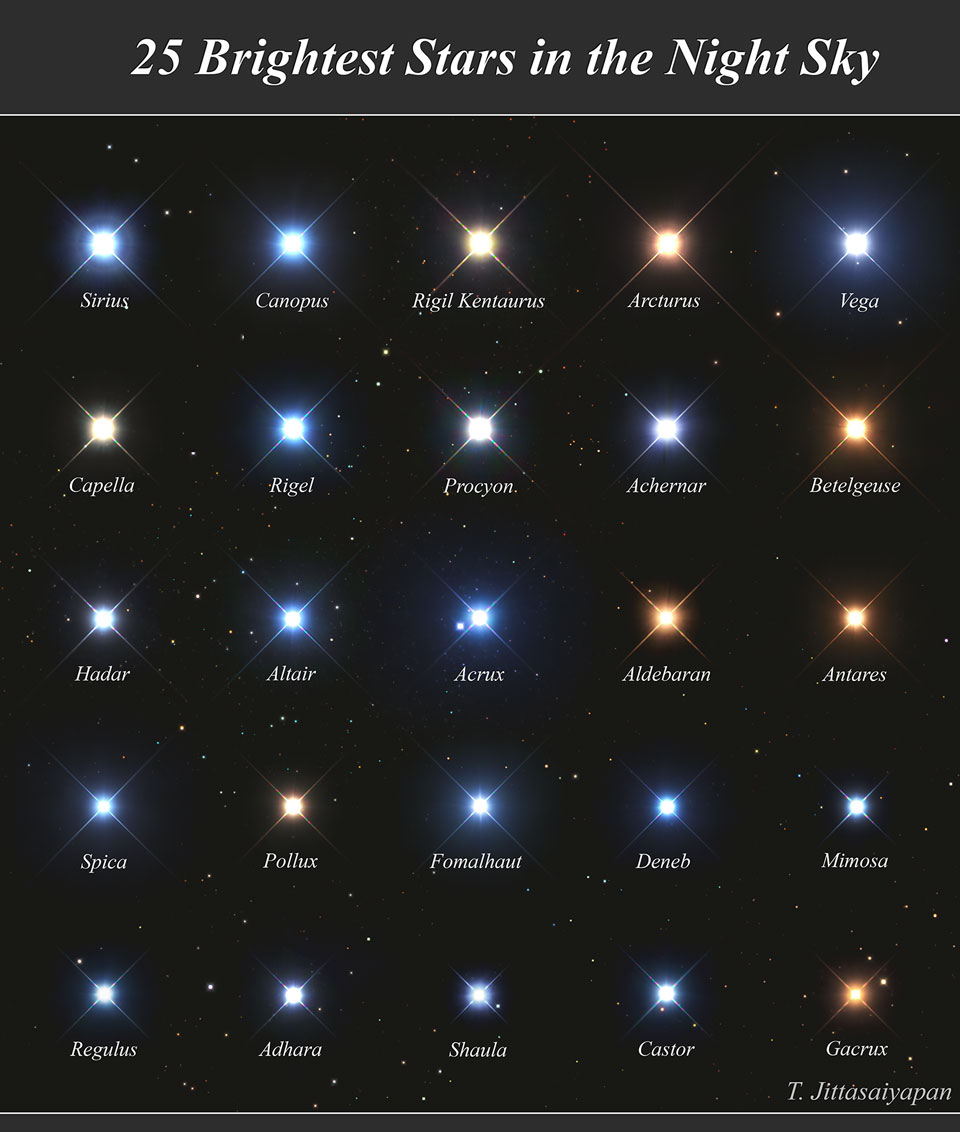johnnydeep wrote: ↑Sun Nov 05, 2023 3:11 pm Oh, one more question. How far apart do you suppose the stars are in the halo, at, say, the location of the two Xs below?
And would it be similar to the separation of the stars near the Sun?
Interesting questions and hard to answer. Let me begin with the number and type of stars within 20 light-years of your red crosses in NGC 1380. I don't think you would find any A-type stars at all in a random sphere with a diameter of 20 light-years in NGC 1380.
That's not to say that there aren't any A-type stars at all in NGC 1380. There might be some, and indeed, I really think you will find some in the dust lane near the core. But because there is no ongoing large scale star formation at all in NGC 1380, and there clearly hasn't been any for at least a billion years, any A-type stars in NGC 1380 will be extremely few and far between.
Here's my point. I believe that the stellar populations are more or less the same everywhere in NGC 1380, except in the dust lane and possibly in the core.
The overall color of NGC 1380 is somewhere between Capella (far left in the second row) and Pollux (second from left in the fourth row). If you ask me, most of the light in NGC 1380 comes from stars like Capella, Pollux and Arcturus. However, most of the stars in NGC 1380 will be extremely faint M-type dwarfs (= red dwarfs), faint but a bit brighter K-type dwarfs (= orange dwarfs) and still brighter G-type stars (= yellow dwarfs).
In fact, in a random sphere with a diameter of 20 light-years at the general position of your crosses in NGC 1380, chances are high that there are no giant stars at all, no Capellas, Polluxes or Arcturuses. Chances are that the stellar population would be similar to that within 20 light-years of the Sun, except that NGC 1380 will boast no A-type stars and probably no F-type stars either.
So we could make an educated guess at what kind of stars we would find at the position of your red crosses in NGC 1380. By measuring the surface brightness of NGC 1380 at these points, and bearing in mind what type of stars we are likely to encounter here, we can indeed make an educated guess at the stellar density at these points.
Maybe, as you said, it would be similar to stellar density in our own neck of the Milky Way woods. But I don't know enough to make a good guess here.
Ann
